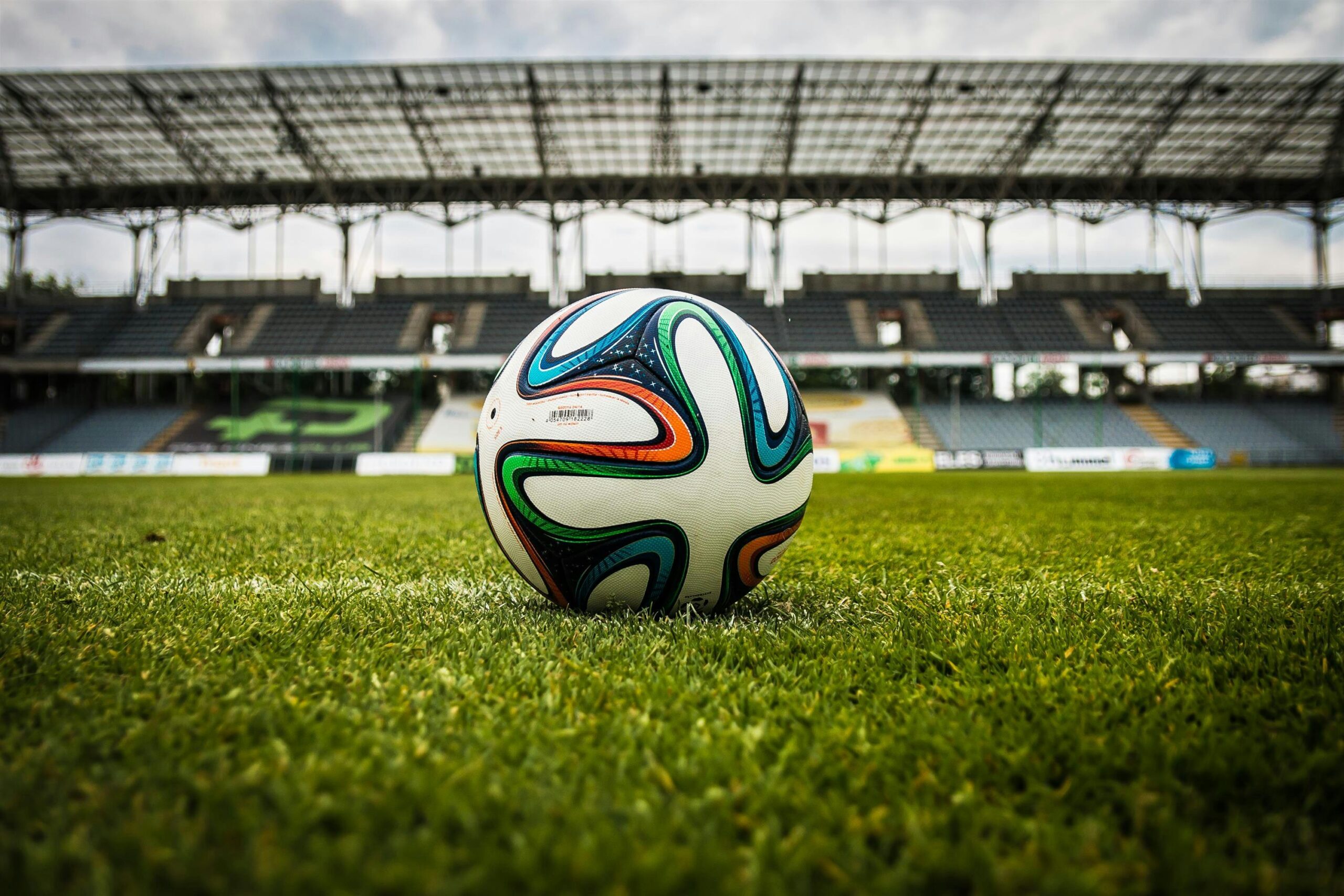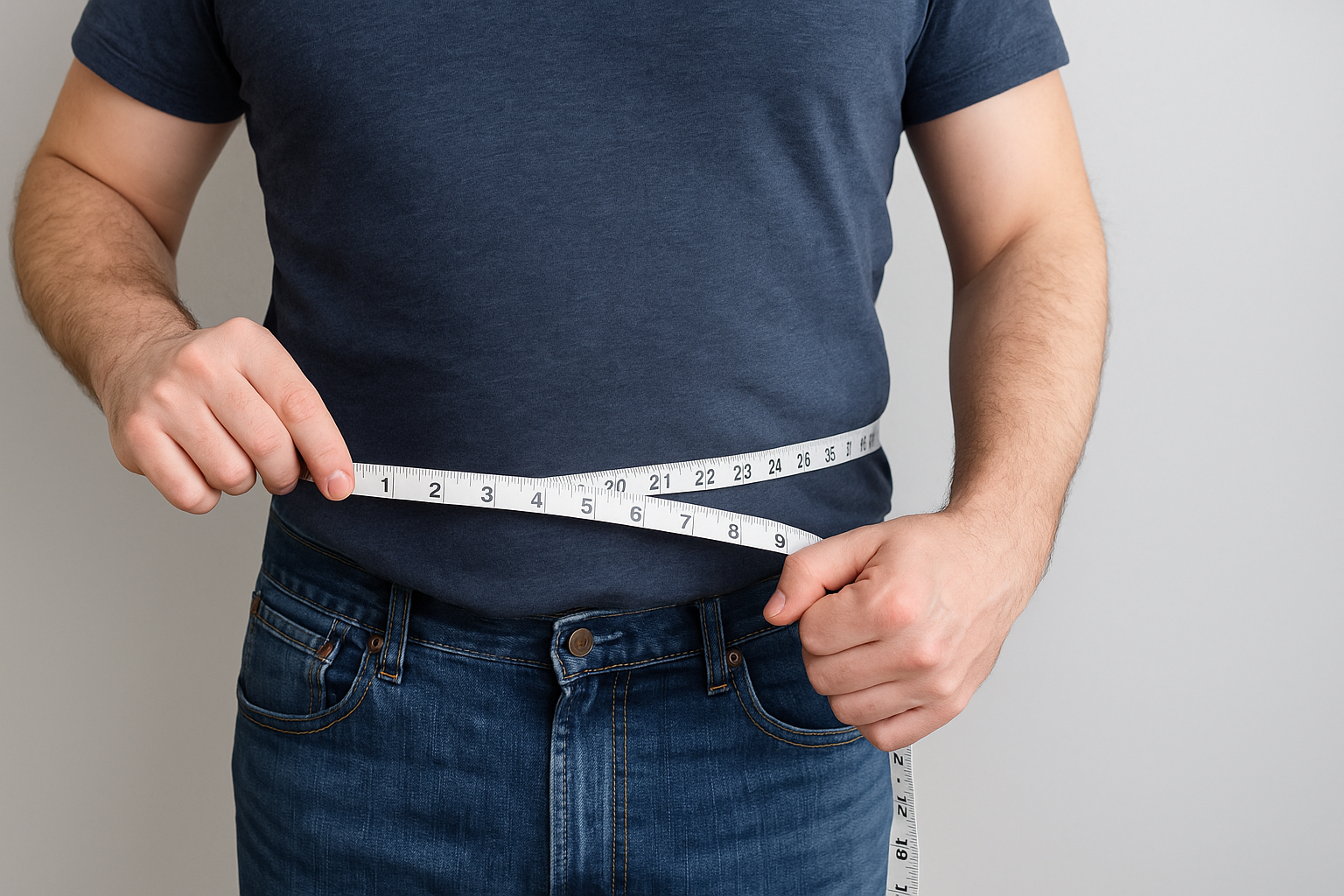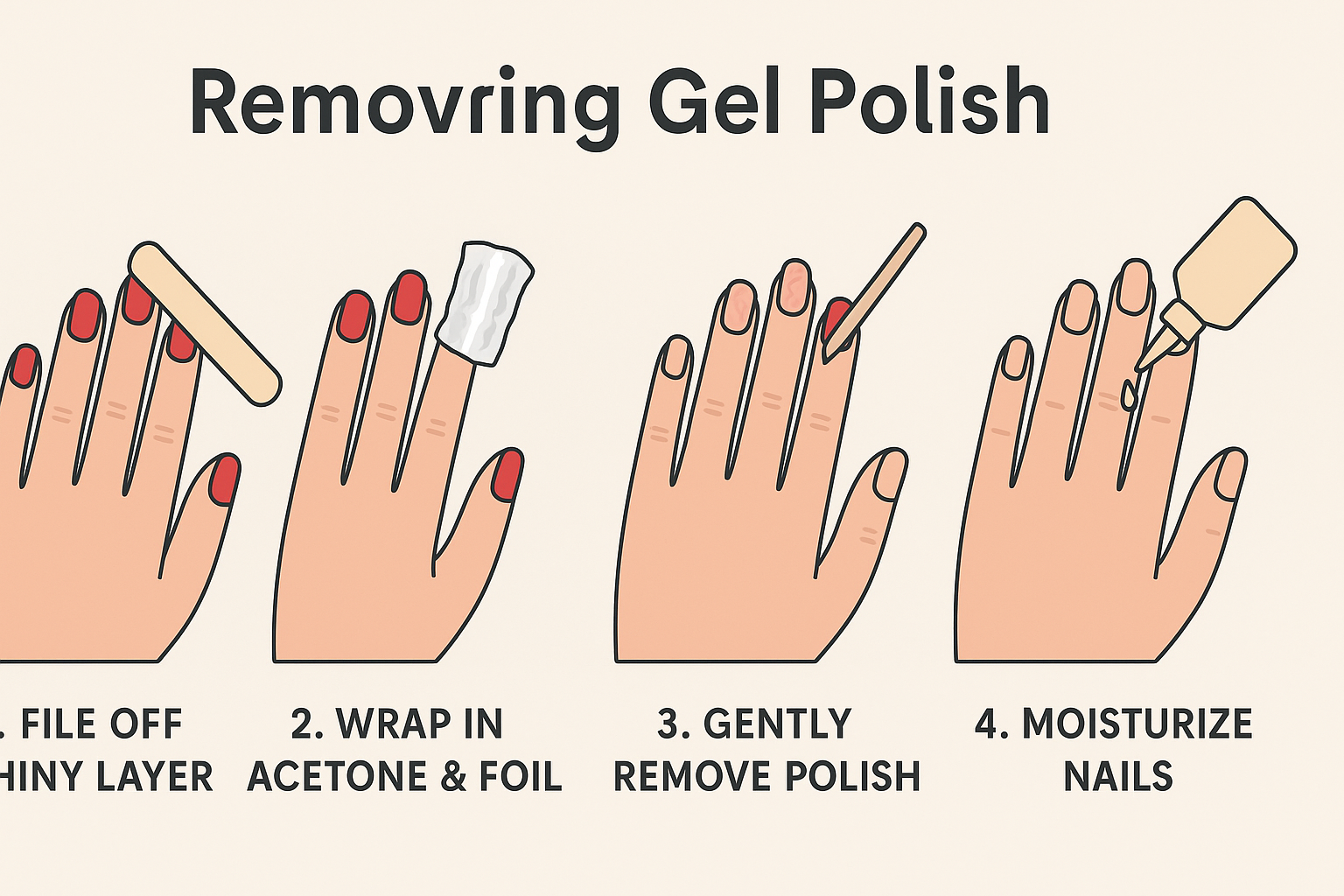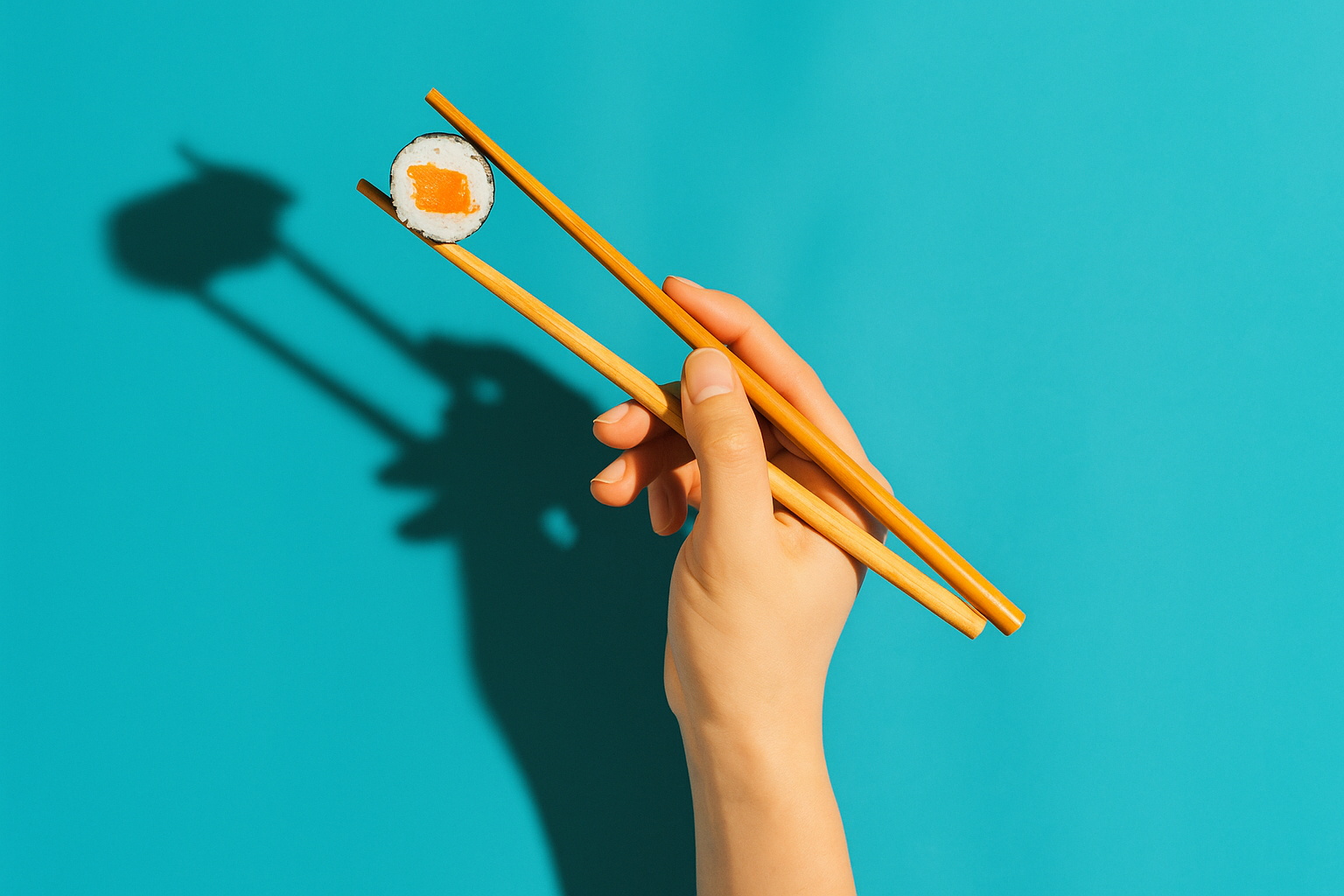What Is Soccer?
Soccer is a team sport played by two teams of eleven players on a rectangular field with a goal at each end. The primary objective is to score goals by getting the ball into the opposing team’s net without using hands or arms (except by the goalkeeper). It is governed globally by the Fédération Internationale de Football Association (FIFA), which organizes tournaments like the FIFA World Cup, the biggest sporting event in the world.
Key Features of Soccer:
- Played on a grass or artificial turf field.
- 90 minutes of play (two 45-minute halves).
- Use of the whole body except hands (only goalkeeper can use hands inside the penalty box).
- A round ball is essential to play.
- Emphasizes teamwork, strategy, fitness, and skill.
History of Soccer
The origins of soccer can be traced back over 2,000 years to ancient civilizations like China, Greece, and Rome. However, modern soccer began to take shape in England during the 19th century. It was then that formal rules were established, leagues were formed, and clubs like Manchester United and Arsenal began to rise.
Milestones in Soccer History:
- 1863: The Football Association (FA) was founded in England.
- 1930: First FIFA World Cup held in Uruguay.
- 1958: Pelé introduced to the world; soccer becomes more global.
- 1991: First FIFA Women’s World Cup.
- Today: Over 250 million active players worldwide.
The Soccer Ball: More Than Just a Sphere
While soccer is a complex sport with tactics and rules, none of it matters without the soccer ball. It is the most fundamental piece of equipment and has evolved significantly over the years.
Historical Evolution of the Soccer Ball:
- Ancient Balls: Made from animal bladders, stitched cloth, and pigskin.
- 19th Century: Rubber balls were introduced with more bounce.
- 1950s-70s: Leather stitched panels became popular.
- 1970 FIFA World Cup: Introduction of the classic black-and-white “Telstar” ball by Adidas.
- Today: High-tech synthetic materials with GPS sensors and perfect sphericity.
Parts of a Soccer Ball
A soccer ball might look simple, but it is carefully engineered for balance, durability, and control.
Components:
- Outer Cover: Usually made of polyurethane or PVC.
- Panels: Traditionally 32 hexagon and pentagon panels, though modern balls may vary.
- Bladder: The inner part filled with air, typically latex or butyl.
- Lining: Layers between the cover and bladder for structure and bounce.
- Stitching or Bonding: Either hand-stitched or thermally bonded for durability and shape retention.
Sizes of Soccer Balls
Not all soccer balls are the same. They come in different sizes for different age groups and purposes.
| Size | Age Group | Circumference | Weight |
| 1 | All ages (skills) | 18–20 inches | 200–250g |
| 3 | Under 8 | 23–24 inches | 300–320g |
| 4 | 8–12 years | 25–26 inches | 350–390g |
| 5 | 13+ & professional | 27–28 inches | 410–450g |
How to Choose the Right Soccer Ball
When buying a soccer ball, consider the following factors:
- Age & Skill Level: Choose the right size.
- Playing Surface: Turf, grass, street, or indoor? Use the right material.
- Stitching vs Bonding: Stitched for durability; bonded for water resistance.
- Brand & Price: Reputable brands like Adidas, Nike, Puma often offer better quality.
- FIFA Approved: Look for FIFA Inspected or Approved stamps for top performance.
Types of Soccer Balls
Different types of soccer balls are designed for specific conditions and training purposes.
- Match Balls: Used in official games, high-quality, FIFA-approved.
- Training Balls: Durable and affordable for daily practice.
- Futsal Balls: Smaller, heavier, less bounce for indoor games.
- Beach Soccer Balls: Softer outer layer, designed for sand.
- Street Balls: Made for concrete or asphalt, extra durable.
How Soccer and the Ball Shape Global Culture
Soccer isn’t just a sport—it’s a language of the world. From the backstreets of Brazil to schoolyards in Japan, the soccer ball connects communities.
Cultural Impact:
- Unity and Peace: Soccer diplomacy has helped nations bond.
- Identity: Teams represent national pride and regional culture.
- Heroes: Legends like Maradona, Messi, Ronaldo, and Marta inspire millions.
- Art and Fashion: Soccer balls appear in street art, clothing, and pop culture.
Caring for Your Soccer Ball
To ensure your soccer ball lasts, follow these tips:
- Always clean with a damp cloth and mild soap.
- Store in a dry, room-temperature environment.
- Don’t kick it against rough walls or sharp surfaces.
- Use a proper pump with needle and check pressure often.
Fun Facts About Soccer and the Ball
- The fastest soccer ball speed ever recorded was 131 mph (by Ronny Heberson).
- Over 3.5 billion people watched the 2018 FIFA World Cup.
- A soccer ball used in space: Astronauts played soccer on the ISS in zero gravity!
- The Adidas Brazuca, used in the 2014 World Cup, was tested for over 2.5 years before approval.







Leave a Reply